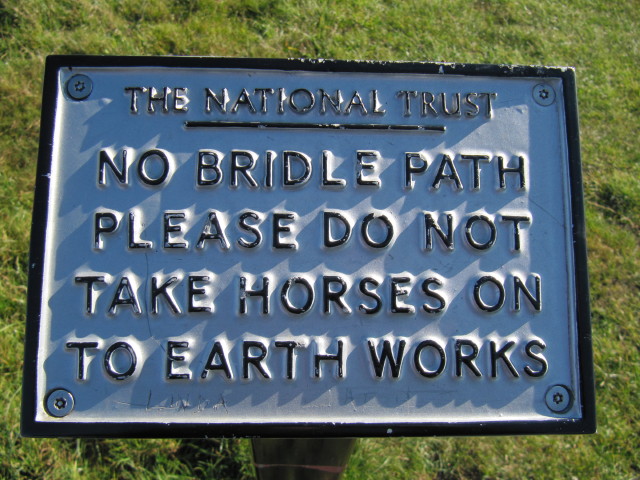<–Continued from Part Two
Show Me The Money
If Patrick indeed managed to establish himself in such a manner – as a publicly recognized high status figure (and related Christian ‘kindred’) within insular Irish society – then he could have opened up an entirely different revenue stream quite apart from the previously mentioned gifts, offerings and even perhaps, any potential seed funding or external support from British Christian supporters.
As we have seen, in the later law tracts, a noble was entitled to receive his rightful portion of his clients shares and profits. As a Christian leader/Bishop Patrick would have likely expected occasional offerings from his more wealthy converts. As a ‘lord’ over ‘base clients’ however, he would have possibly been in a position to act as an initial seed funder himself – lending funds/goods/agricultural stock (on a favorable basis) to fledgling Christian clients in return for future shares/dividends/surplus. This in turn could have provided a regular ‘revenue stream’ to fund the expense of his larger missionary efforts.
Quid pro quo – the more converts/clients brought in, the more revenue increases; the higher the increase in revenue, the higher the amounts he had to spend; the more he spent, the more converts/clients he could bring in. Its essentially business marketing/localization 101 – early medieval Irish style. A self sustaining system, reliant on the flow of ‘funds’ from one level to the next.





